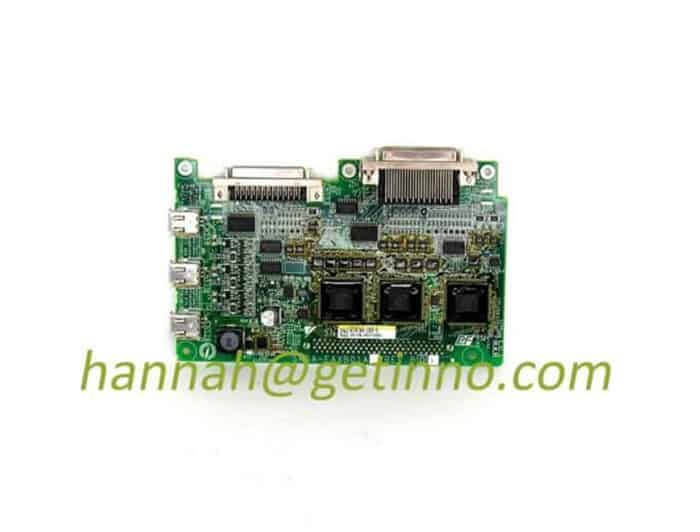The Netherlands develops an all-plastic 3D printed cancer detection and treatment robot
OFweekrobotA few days ago, the Robotics and Mechatronics Laboratory of the University of Twente in the Netherlands has developed a robot made entirely of plastic.3D printingThe resulting Stormram robot can be used to detect and treat breast cancer. The 3D printing robot can accurately move a needle tip to a target within a few millimeters, a level of precision that is difficult to achieve manually.
A breakthrough in robotics will have a major impact on the medical community, especially breast cancer diagnosis and treatment. Stormram4 is the latest version of a 3D-printed robot that operates in an MRI (magnetic resonance imaging) machine to make cancer detection and treatment easier.
Breast cancer is a common cancer, and the earlier it is diagnosed, the better the treatment. But manual breast biopsies are difficult procedures for medical professionals. Before the Stormram robot, the strong magnetic field inside the MRA scanner limited the use of other Robots made of metallic conductive materials. These two factors hinder the early detection of breast cancer.
3D-printed entirely from plastic, the Stormram4 is powered by air pressure rather than electricity, and doctors can control it from outside the MRI scanner with a 5-meter hydraulic hose. The Stormram4 is compact in size to fit into the narrow channels of scanners and is compatible with the powerful magnetic fields found in MRA machines.
The 3D printing robot can accurately move a needle tip to a target within a few millimeters, a level of precision that is difficult to achieve manually. The biopsy procedure involves moving a needle over abnormal or diseased tissue and taking the sample for analysis. Doctors can treat cancer in a similar way, using a needle that is either very hot (thermal ablation) or very cold (cold ablation) to destroy tumor cells, thereby avoiding invasive procedures.
The robot was developed at the Robotics and Mechatronics Laboratory at the University of Twente in the Netherlands. To enable the robot to be used in standard clinical practice, the laboratory has also collaborated with radiology specialists from the Twente Hospital Group. The robot participated in the Surgical Robotics Challenge and won an award at the recent Hamlyn International Symposium in London.
The Links: 3BSC610066R1 1SAP130300R0271
Pre: Inspired by nature, new robot arm bec...




